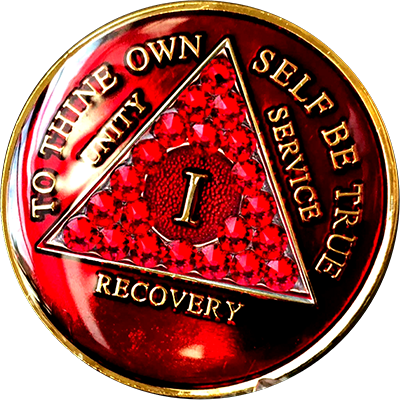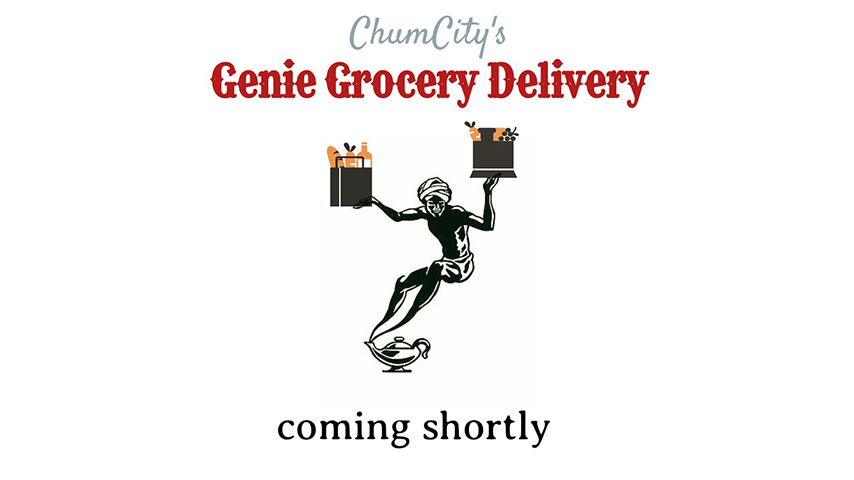When it comes to weight loss or gain, one phrase stands above the rest: Calories In vs Calories Out (CICO). It’s a concept that’s been taught for decades in fitness and nutrition communities—but is it still valid today?
With so much conflicting advice, from low-carb diets to intermittent fasting, many people ask: Is calories in calories out true? And how does it apply to real-world results?
Let’s dive into the science, the myths, and the practical application of calories in versus calories out—so you can better understand your body and take control of your health journey.
What Does "Calories In vs Calories Out" Mean?
At its core, Calories In vs Calories Out refers to energy balance. Your body requires energy (calories) to function. This energy comes from the food and drinks you consume (calories in) and is used up through various bodily processes and activity (calories out).
Calories In:
Comes from food, beverages, and supplements
Includes all macronutrients: protein, carbohydrates, fats, and alcohol
Calories Out Includes:
Basal Metabolic Rate (BMR): Energy used to keep your body functioning at rest
Thermic Effect of Food (TEF): Calories burned while digesting food
Physical Activity: Exercise and general movement throughout the day
Non-Exercise Activity Thermogenesis (NEAT): Fidgeting, walking, and daily movement outside formal workouts
When calories in = calories out, your weight remains stable.
If calories in > calories out, you gain weight.
If calories in < calories out, you lose weight.
Is “A Calorie Just a Calorie”?
The phrase calorie vs calorie often sparks debate. Is 100 calories of soda really the same as 100 calories of chicken? Technically, yes—they both provide the same amount of energy. But nutritionally and metabolically, not all calories are equal.
Consider the Differences:
Protein has a high thermic effect, meaning it burns more calories during digestion than fat or carbs.
Whole foods (like vegetables or lean meats) are more filling and nutrient-dense than processed foods.
Liquid calories (like soda or juice) are often consumed faster and don’t trigger fullness the same way solid foods do.
So while calories in v calories out remains the base principle, food quality affects hunger, metabolism, and long-term success.
Common Myths About CICO
❌ Myth 1: It’s All About Willpower
Even if you control calories, hormones, sleep, stress, and gut health can influence how your body processes and stores energy.
❌ Myth 2: You Can Out-Exercise a Bad Diet
Exercise supports health and calorie burn, but you can’t outwork a consistently poor diet. Nutrition is the foundation.
❌ Myth 3: CICO Doesn’t Work for Everyone
While metabolic differences exist, CICO applies to all humans. The way our bodies process and burn calories can vary—but energy balance still determines weight change.
Practical Tips for Using Calories In vs Out
Rather than obsessively tracking every bite, aim for a sustainable and flexible approach:
Track calories for awareness, not punishment
Prioritize whole foods that keep you full longer
Stay active daily with both formal workouts and casual movement
Adjust intake based on goals: maintenance, fat loss, or muscle gain
Be patient—results take time, and small, consistent changes matter most
Final Thoughts
The debate between calories vs calories and diet types will likely continue. But science consistently supports one simple truth: Calories In vs Calories Out matters. It’s not the only factor in health or weight management, but it remains the foundation.
By understanding how calorie in calorie out works, and combining it with smart food choices, movement, and a healthy mindset, you’ll have the tools to reach your goals—without extremes.
At YISGO, we believe in evidence-based guidance made simple. Our fitness and nutrition strategies are built around principles like Calories In vs Calories Out, helping you make smarter decisions, stay consistent, and transform your health one step at a time.































